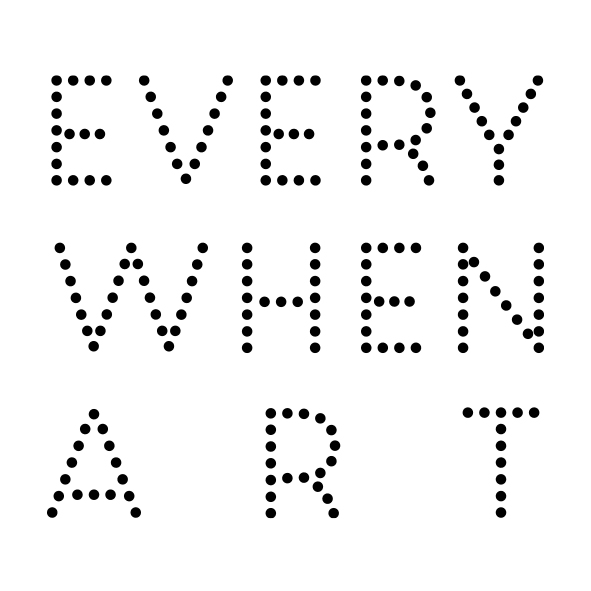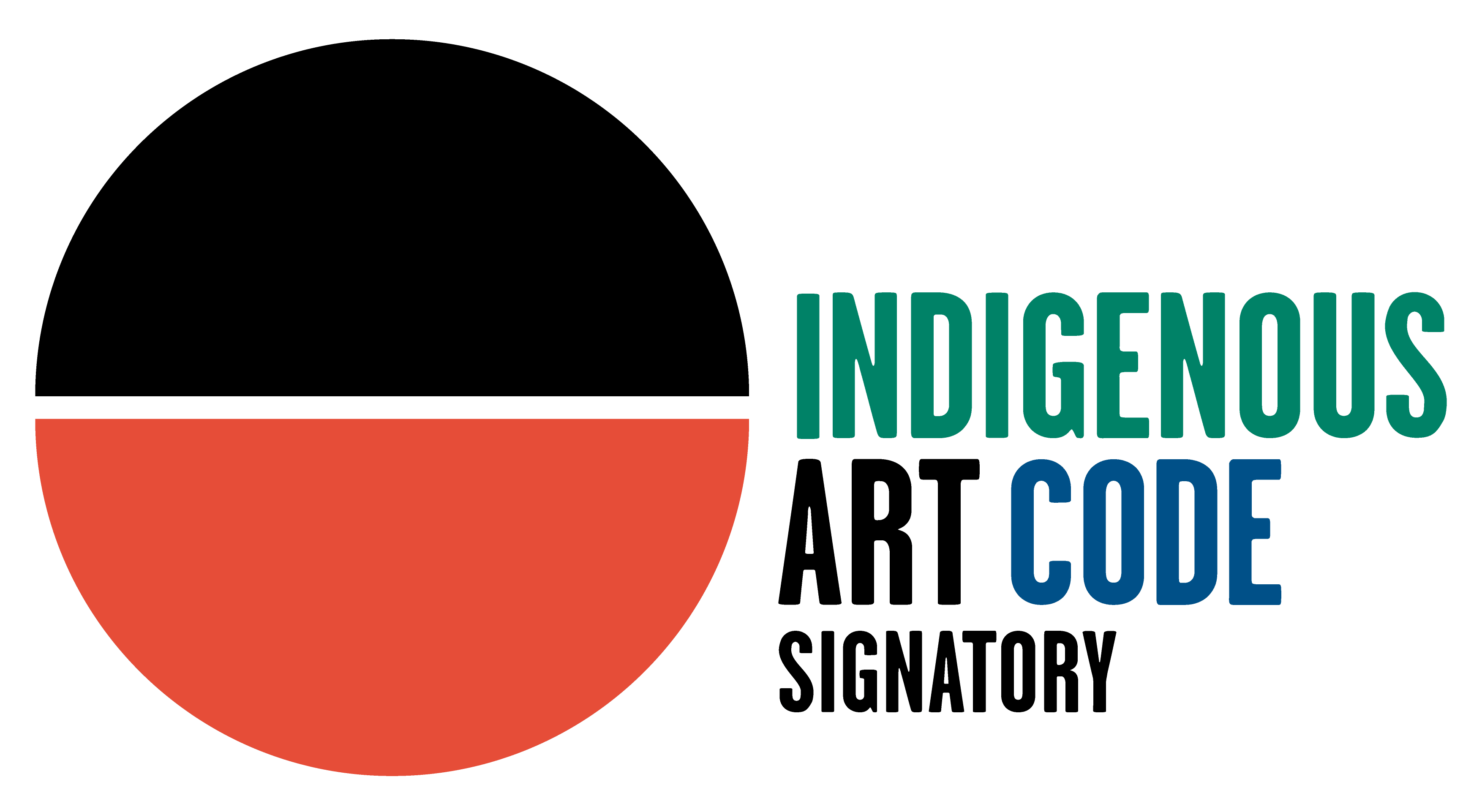Naminapu Maymuru-White
81 1/8 x 6 3/4 in
Award-winning artist Naminapu Maymuru-White has successfully established herself within the arts marketplace as a painter, printmaker and carver. She plays a great role as ambassador for Yolŋu people and was curator for the Buku-Larrŋgay Museum at Yirrkala. On top of it all Naminapu, through her knowledge and participation of ceremony is seen as a pillar of strength by mourning participants in ritual that plays such an integral part in Yolŋu life.
Naminapu’s work contains elements that helped established the foundations for mortuary ritual for her people and explains to some degree associations between the Maŋgalili and other clans. A description of the work follows:
"It was in the wangarr, ancestral times, when the Guwak men, Munuminya and Yikawanga, sitting under the shade of the sacred Marawili tree, instructed the ancestral koel cuckoo Guwak to lead the Maŋgalili people to this new place they had established for them at Djarrakpi.
Having seen the people settled in their new homeland they announced to the Maŋgalili their farewell, that they, the Guwak men were to travel out to sea, to a place in the sky and that they would become stars which would shine out of the night sky.
So a canoe and paddles were made and their journey began by paddling down the Milngiya River which flows into the Blue Mud Bay near Djarrakpi. In the bay, at a place of significance, strong winds developed and capsized the canoe - the men drowned.
At this place is the site of Yingalpiya, the freshwater crocodile’s nesting place. This same place is the spirit source for Maŋgalili people. The Guwak Men, it was said, had attempts made on them to be rescued.
A special log Milkamirri or Bandumul, containing mangrove worms offered itself as assistance. Ŋoykal the ancestral king fish is also manifest in this form. Even the rock cod they had caught for their journey offered assistance, as did Dhäla the sea creature.
It was to no avail however as the men had destined themselves as offerings, to the night sky where they and subsequent Maŋgalili souls are seen today in the Milky Way. These Maŋgalili souls attain their celestial position by means of possum fur string Burrkun that connects Djarrakpi at the site of the Marawili tree to night sky. Miliyawuy or Milngiya as the Milky Way is also looked upon as the nesting place for the ancestral crocodiles Yingalpiya. The river was sung into the sky by these Maŋgalili heroes - the Milky Way.
The Larrakitj had its traditional use for the Yolŋu of North east Arnhem Land as an ossuary or bone container erected as a memorial to a dead kinsman up to a decade after death. After death the body of the deceased was often ceremonially placed on a raised platform and left to the elements for an appropriate time. The area would then be abandoned until the next stage of the ritual.
This took place once it was determined that the essential eternal spirit of the deceased had completed its cyclical journey to the spring from which it had originated and would in time return again. This might be several years. Whilst the body was ‘lying in state’ others got wind of the death, perhaps by subliminal message and made preparations to journey to the site of mortuary. Usually enough time had elapsed for the bones of the deceased to be naturally cleansed on the platform. The essence of the soul within the bone was made ready for final rites when other outside participants necessary for its safe journey arrived. Ritual saw the bones of the deceased placed within the termite hollowed memorial pole for final resting.
Mortuary ritual would end with the placement of the Larrakitj containing the bones standing in the bush. Over time the larrakitj and its contents would return to mother earth.
The Larrakitj has often been referred to as the mother’s womb. Once sedentary mission communities were established in Arnhem Land it became impractical to abandon permanent communities and outlawed to expose corpses on platforms. However the cosmology of the Yolŋu and the essence of ritual mortuary ceremony remains just as important. Larrakitj continue to be produced as the equivalent of headstones or to contain the personal effects of a deceased (which might be dangerous unless removed from the living because of the emanations imbued by contact with the deceased).
A further role for this cultural form is as a fine art object and an instructional tool for younger generations. Artworks of this nature have multiple layers of metaphor and meaning which give lessons about the connections between an individual and specific pieces of country (both land and sea), as well as the connections between various clans but also explaining the forces that act upon and within the environment and the mechanics of a spirit’s path through existence. The knowledge referred to by this imagery deepens in complexity and secrecy as a person progresses through a life long learning process.
This form of larrakitj is novel. Nami's son Jamie had been working with the engineers of MAF the Mission Aviation Fellowship. This gave him access to power tools and the opportunity to put his understandings of the Maŋgalili universe into a new form. He says, "My mother has always told me this story from her Manggalili clan and I have always helped her by cutting and preparing her poles and barks. I got the idea to bring the Milky Way to life and got the pole from the bush and created the holes for the stars and gave it to my mother to paint."


